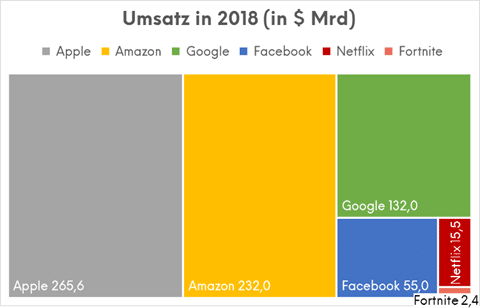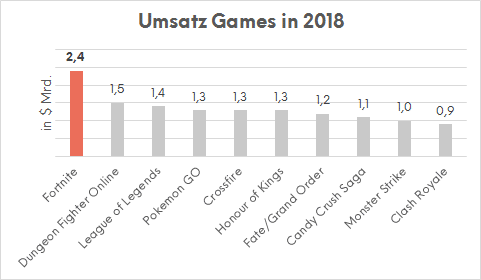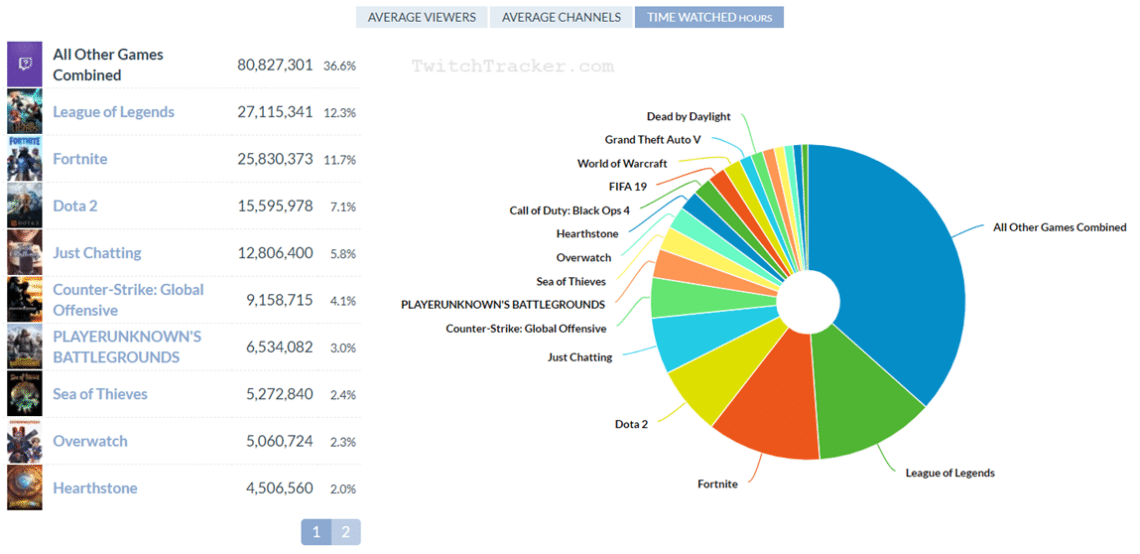What does a fictional game have to do with payment reality?
We talk a lot about them – the GAFA´s and the BAT’s – many business models have shaking knees. Apparently, they can destroy everything and are already doing it in some parts. But in payment it is just starting. Even the GAFA´s are not immortal, but what do they do against the Nokia Effect? Facebook is already struggling and fighting with privacy and image. Apple struggles with “bad quarterly figures”. On the other hand, Microsoft is strong again. Does the new GAFA maybe already exist and nobody notices it?
But what happens in the 2nd row? Who has the “stuff” and the prerequisites to create “the” next real ecosystem? Is it the car companies around the topic Mobility, can, after all, a “financial group” make it or is it perhaps the gaming world (and why has Sony still not really made it)? Let’s take a look at the game developers and take a closer look at the context of one of the fastest growing „games“ (sounds almost pejorative for a business of this size) – Fortnite.

Everyone who has children knows it or should know it, because omnipresent in the life of a 10 – 16-year-old – Unbelievable bond – Forget about TV! The first and only time that our son is somewhere „on time“ – because here the tasks for the Battlepass have to be solved – where the clock is ticking. Here are some quite impressive numbers:
User statistics:
- 200 million active Fortnite players in total (as of November 2018)
- Highest number of active Fortnite players per month: 78.3 million (as of August 2018)
- 63% of iOS Fortnite players are 18-24 years old, 23% 25-34 years old
- 46% of desktop Fortnite players are 18-24 years old, 30% aged 25-34
- 53% aged 10-25 across all platforms
- 28% of iOS Fortnite players are female and 72% male
- 16% of desktop Fortnite players are female and 84% male
- Average Fortnite play time is 6-10 hours a week
- With the start of the 5th season, web traffic climbed up to 37 Tbps – five times the web traffic of the 2016 US presidential election
- Fortnite has cracked the 100 million download mark on iOS within 5 months of launch
- 70% of players spent an average of $85 on Fortnite – for over a third of these players was this their first in-app purchase
- The well-known player Ninja earns about $500.000/month by streaming while playing Fortnite
- Epic Games has announced a prize of $100 million for the 2018/19 Season
- Fortnite player Tfue has collected $465,000 in prize money to date, making him the top earning Fortnite player
- Fortnite has generated $2.4 billion in revenue in 2018
- The creator of Fortnite – Epic Games – is valued at $15 billion (as of October 2018)
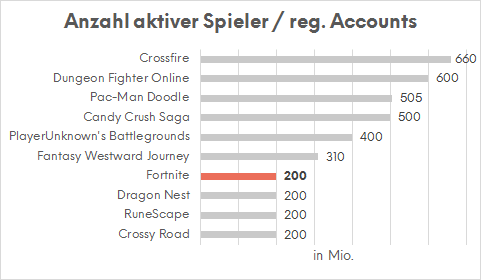
Economic statistics:
- 70% of players spent an average of $85 on Fortnite – over a third of these players made their first in-app purchases
- The well-known player Ninja earns about $500.000/month by streaming while playing Fortnite.
- Epic Games has announced a prize of $100 million for the 2018/19 season
- Fortnite player Tfue has collected $465,000 in prize money to date, making him the top earning Fortnite player.
- Fortnite has generated $2.4 billion in revenue in 2018
- The creator of Fortnite – Epic Games – is valued at $15 billion (state: October 2018)
Let us compare this with the figures of GAFA´s
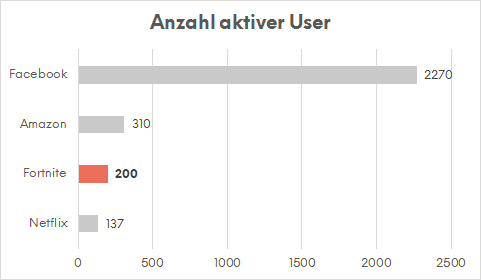
A comparison is still not very meaningful – but if you extrapolate the speed and the network effect, it soon looks „quite different“. It is difficult to predict whether this will continue, but if it does, it will be difficult to stop.
Let’s take a look at the business model:
- The success and monetization of Fortnite is based on a „cosmetic“ game model
- Fornite follows a so-called „free-to-win“ approach: nothing is sold that could give players an advantage in the battle, i.e. all players have the same chance to win and all weapons, ammunition and armor can be obtained for free
- Fortnite’s economic success is due to the variety of cosmetic options that can be purchased for money:
- A skin/outfit worn by the virtual player/avatar
- So called „Back Bling“ or a kind of backpack
- Skins for harvesting tools (e.g. a pimple looks boring, therefore some players get a scythe)
- So called „Contrail“ – which glider is used when flying
- Loading screen or loading screen skins
- So-called emotes or „dances“ that the player can use to communicate with others
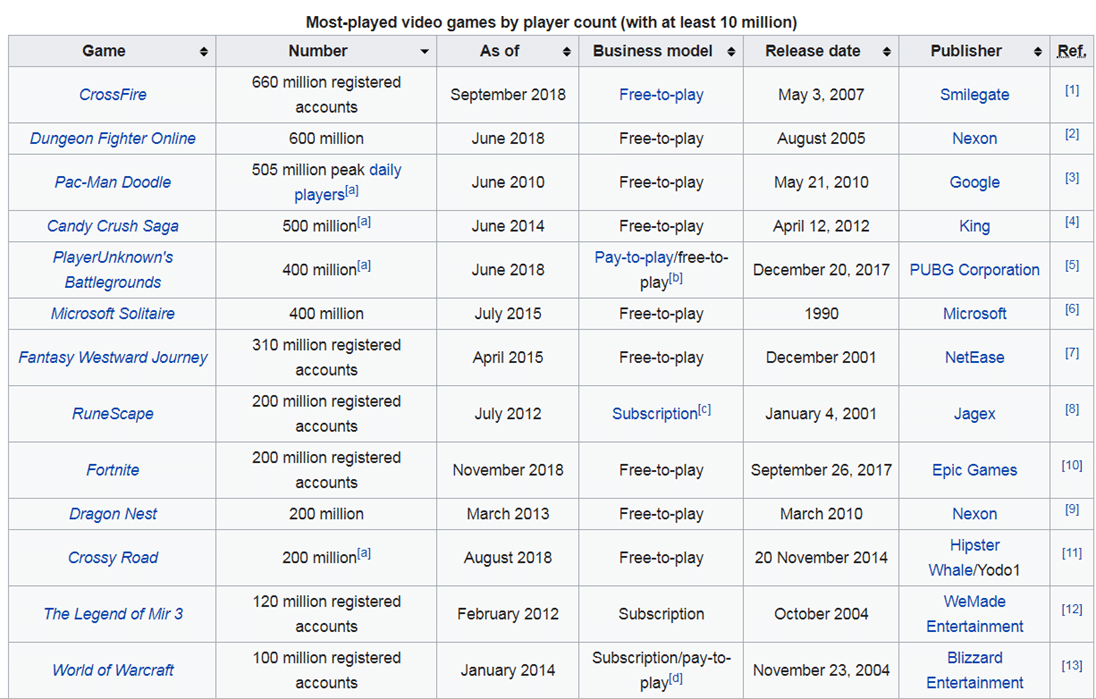
- With this business model the cosmetic options are either bought with V-Bucks (premium currency you can buy with real money) or earned through the Battle Pass instead of unlocking new cosmetic options through Gacha/Loot Boxes (such as Overwatch, Destiny, etc.) Interestingly, the direct purchase of cosmetic options through the shop has limited access. Every day there is a time-limited selection of items for purchase, so while Loot Boxes are not included in this business model, there is a limited number of items that are available at all times. When time runs out, the option is gone forever. This is ideal for getting players to visit the shop daily and exerting additional pressure to buy items as long as they are available.
- In addition to being able to buy cosmetic options with V-Bucks, players can also earn cosmetic and consumer boosts by completing their Battle Pass. The Battle Pass is a set of rewards that can be unlocked by completing missions. This rewards players with XP or experience points that increase their level and unlock additional rewards. The missions differ in difficulty level but provide a steady progress of the game in Battle Royale style. In most Battle Royale games, on the other hand, especially for beginners, most rounds end with a „deadly“ shot and the player loses all his progress.
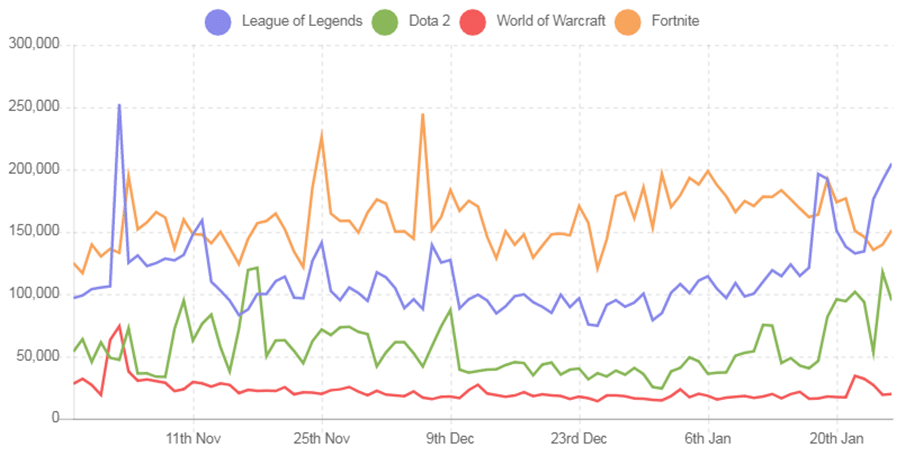
- Overall, Fortnite’s Battle Pass system is a great addition to the Battle Royal style from the player’s point of view:
- There are secondary goals that ensure steady progress and keep the game interesting
- It gives players a clear indicator of progress in a season and a goal of what they want to achieve, away from the „carnage“ of each round
- It ensures convincing player loyalty: The amount of content for the prize and the clear visual appearance that players have „earned“ is a compelling driver to actively participate in the game and spend money on cosmetic options.
Details of the business model:
https://www.deconstructoroffun.com/blog/2018/4/21/aegai526kyjvsn69xm6uc2x02we48x
Now I wonder, what is missing to make more out of what you have – or can a “game” become the basis for a platform? Or is it, that as quick as the hype was there, as quick it can be gone again (where are actually my Pokemons?)?
And the most important question: what does Fortnite has to deliver in order to still be relevant in 2-3 years time?
- Openness?
- Added value?
- Technological ownership?
- Expansion of added value (hardware)?
Impressive Statistics:
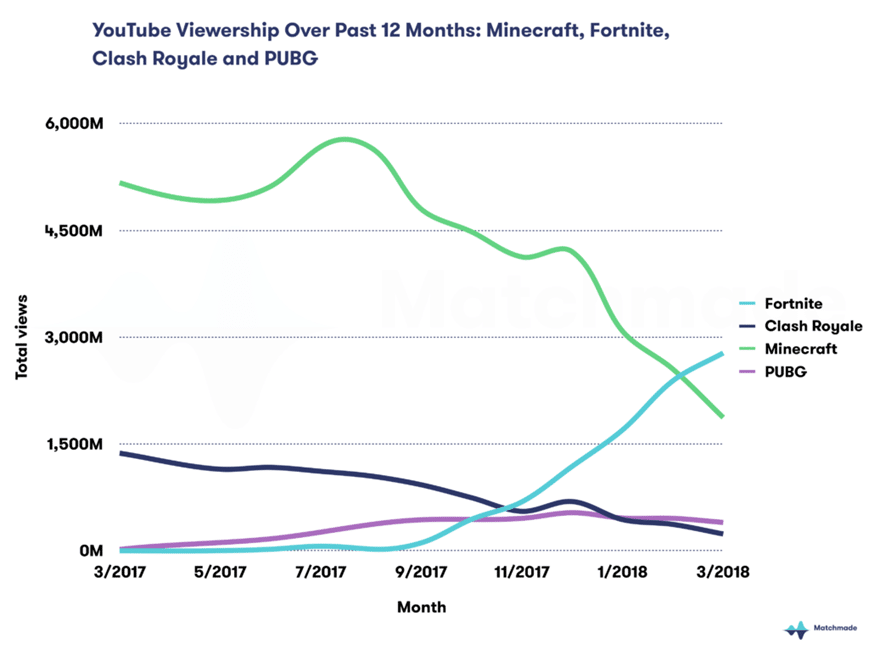
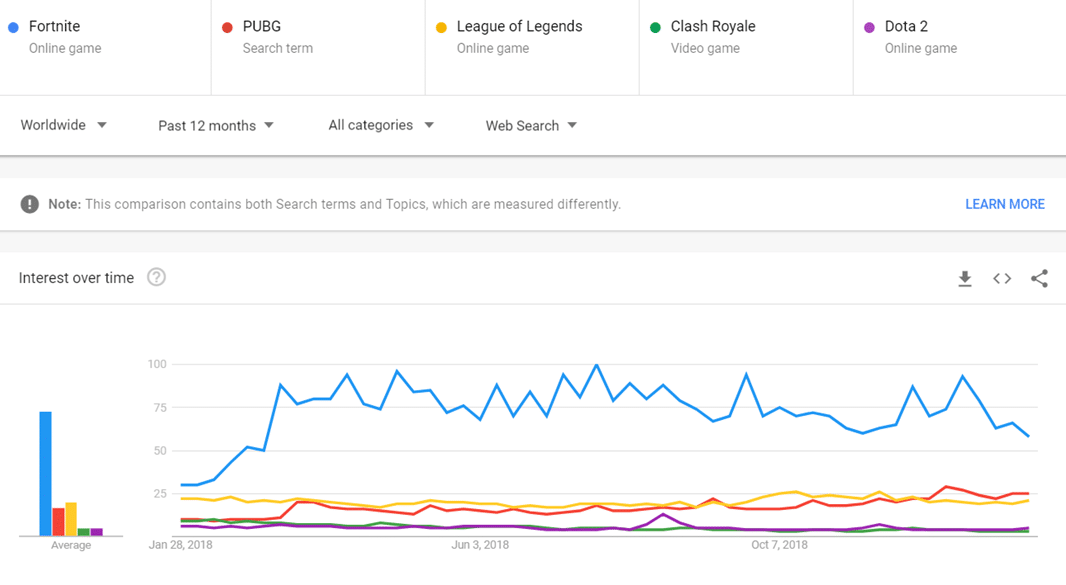
Conclusion
Now probably the big question is: what does this have to do with Payment & Banking? Nothing at first glance – something at second. New platforms have always been „stirrup holders“ for innovations in payment (and for new players). PayPal, Alipay etc. Fortnite has everything you need to grow in payment. Transactions – Binding – it „owned“ a large part of the added value – hardware and operating system not (yet). What is missing – just a platform.
Just think of the EPIC game, no „title to title“ thinking. Fortnite is „the platform“, the content, the world, the reality – sounds visionary and is probably still „a long way off“. With the right direction, you can make much more out of the assets that you bring.
Why do the „new payment methods“ or the supposed „innovation“ still plunge into (offline) trading? This is tedious and has never really worked. Only a few new models have been introduced via classic retail, there is no revolution in the payment context (and no, „contactless“ is not one) at most an evolution.
Where is the „HIPPOS“ or „Paydirekt“ for the gaming world? Which is then open enough to then make the step into reality but with transactions of which many can dream…
Sources:
https://www.deconstructoroffun.com/blog/2018/4/21/aegai526kyjvsn69xm6uc2x02we48x
https://www.statista.com/statistics/746230/fortnite-players/
https://www.gamesradar.com/how-many-people-play-fortnite/
https://www.pcgamesn.com/fortnite/fortnite-battle-royale-player-numbers
https://www.telegraph.co.uk/gaming/news/fortnite-earned-annual-revenue-game-history-2018/
https://paymentandbanking.com//www.businessofapps.com/data/fortnite-statistics/
https://www.gamesindustry.biz/articles/2018-11-08-fortnite-reaches-8-3-million-concurrent-players
https://thenextweb.com/syndication/2018/08/06/heres-how-fortnite-hooked-125-million-players/

